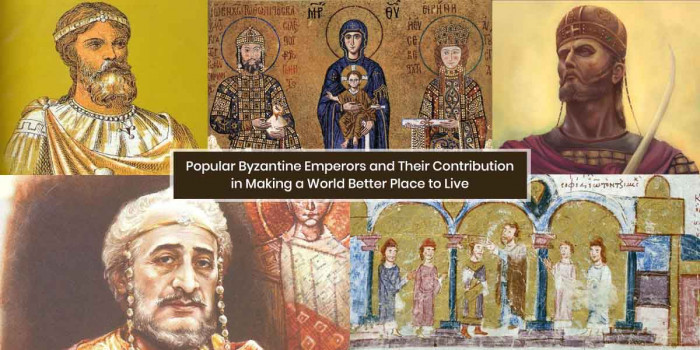10 Times in History When a Lethal Disease Changed the World
Diseases have had an inevitable impact on world history. Read here to know about 10 such lethal diseases.
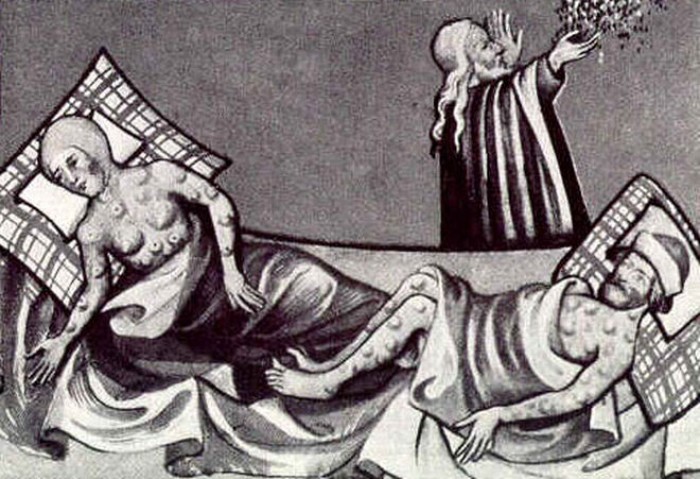
Diseases have had an inevitable impact on world history. Transformed economies, a new invention, political reforms, and drastic changes in population are some of the common impacts witnessed. And there have been times in history when the outbreak of a lethal disease happened to be a huge turning point in some parts of the world.
Here’s an account of 10 such incidents from the past in chronological order.
1) 400 BC- When Plague of Athens became a defining event for Ancient Greece
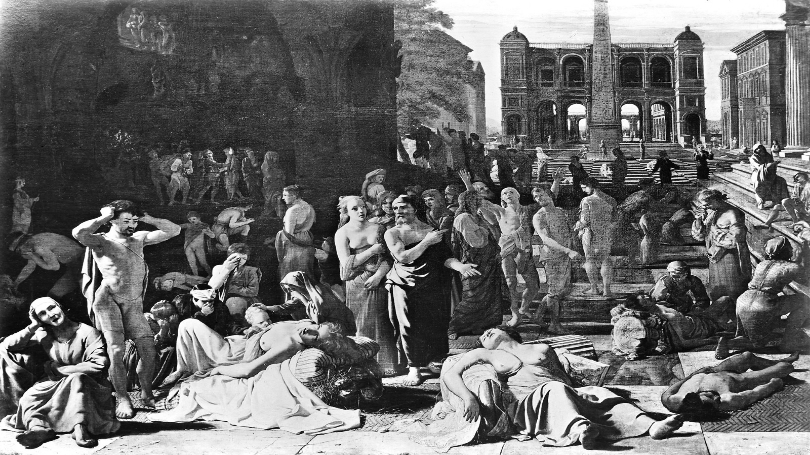
Back in 400 BC, the Plague of Athens was an epidemic that took the lives of 25% of its population. Some sources say that it was somewhat similar to smallpox and typhoid fever.
A key leader to Athenians named Pericles and a huge population lost their life due to this epidemic. And this turned out to be a huge loss for Greece in two ways. One, it sabotaged their military potential. Two, it had badly affected their ability to fight in the Peloponnesian War. As a result of this, they lost the Peloponnesian War and this became a deciding moment in the history of Ancient Greece thus deciding the major ruling power at that time.
2) 1347 to 1351- When the “Black Death” Plague Redrew the Landscape of Europe and the World

From 1347 to 1351, the “Black Death” plague washed out nearly half of Europe’s population changing the topography of Europe and the world. When the global population was estimated to be approximately 450 million, close to 75 million lost their lives throughout the pandemic, with some calculations as high as 200 million. This plague derived its name comes from the black skin spots on the sailors who journeyed the Silk Road and harbored in a Sicilian port, bringing this disease with them from their Asian voyage.
3) 14th century- When Bubonic plague deeply shook people’s faith in God & Catholic Church

In the middle of the 14th century, the Bubonic plague had wreaked havoc in Europe to the extent that Catholic Church lost huge support as people were dying in large numbers. Completely in despair, people began questioning the Church for all the deaths and loss. When people didn’t get seeking help and relief.
When the Church was unable to give an explanation or help, many people questioned their faith and lost belief in God. This resulted in an era where religion became less attached to people’s lives. This also allowed for pioneering work to be done in modern medicine and progress that may not have been possible if people’s faith had been maintained or even strengthened by the plague.
4) The 1500s- When Smallpox wiped out the entire civilization during Columbian Exchange
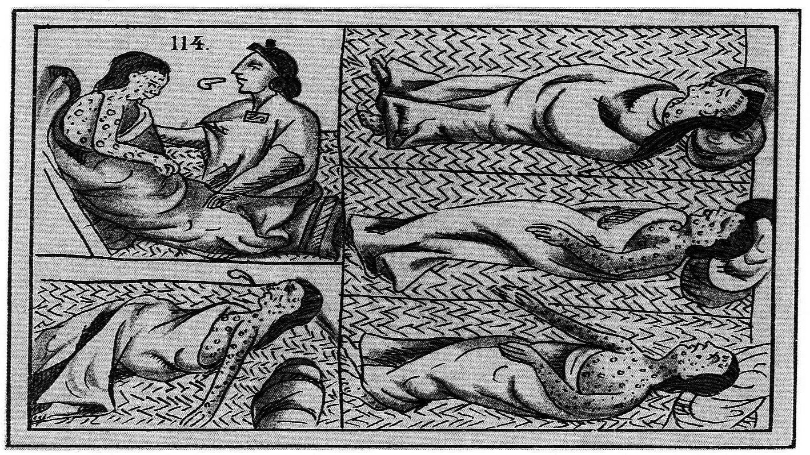
The contaminated bodily fluids or objects were the major causes behind the spread of the infectious disease ‘smallpox’.
In the 1500s, Smallpox took the lives of 90% of the native population during the Columbian Exchange between Europe and the New World. As there was no built-up immunity to the disease brought over by Europeans, it completely washed out the whole society and culture.
Smallpox was successfully eradicated through vaccination. In the 1700s, the world’s first vaccine was developed to battle this lethal disease.
Also, read about the man who saved millions of lives through his invention of vaccinations.
5) The early 1800s- When Yellow Fever weakened the mighty French army during Louisiana Purchase

Yellow fever was mainly transmitted through the bite of mosquitoes living in tropical areas. This had a debilitating effect on the French army at the time of the Louisiana Purchase in the early 1800s.
Napoleon was planning to capture the West and strengthen France’s influence around the world. The high rate of yellow fever among French troops lead to their defeat where the Haitian slaves emerged victoriously. Napoleon offered the entire Louisiana territory as a response.
Finally, the Louisiana purchase was settled by the signing of a treaty that allowed the land purchase to be at an extremely low price. In this way, yellow fever and the Haitian Slave Rebellion changed the geography of the United States.
6) 1854- When Cholera epidemic in London caused the advent of Epidemiology
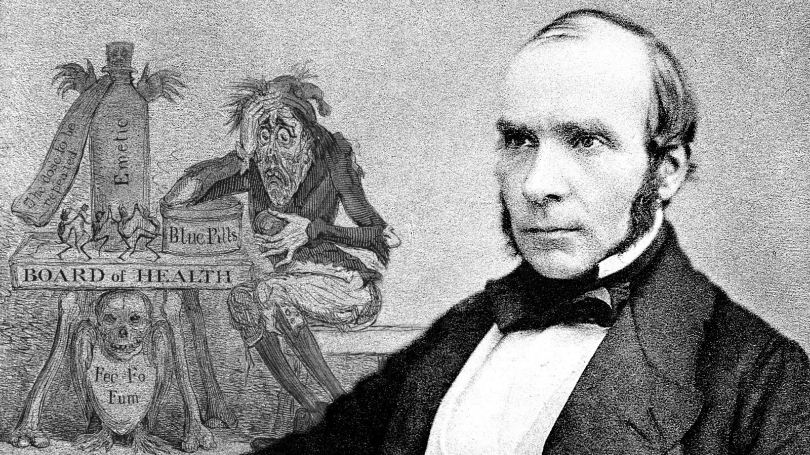
John Snow was a British physician and one of the founders of epidemiology during the cholera epidemic in London. Cholera was assumed to be an airborne disease, but Snow was skeptical of the way Cholera was spreading.
Snow didn’t approve of the miasma theory and observed the clusters of Cholera that were popping up among people using certain water pumps. After careful investigation, he had the handle of a water pump removed that actually helped in decreasing the infection rates and the cases of Cholera.
Snow figured this source in 1854 but wasn’t accepted until the 1860s. He created a whole branch of medicine and was the first to use epidemiological methods to control the spread of disease.
7) The late 1800s- When Tuberculosis gave rise to the construction of Sanatoriums

In the late 1800s, the theory of curing TB patients by exposing them to fresh air and nature was spreading far and wide. This gave rise to the construction of sanatoriums and amenities to provide supportive care to patients. As there were no treatments then, people were sent to sanatoriums where they could take ample rest and inhale fresh air to get cured. An entire subculture developed around these facilities.
All of this continued until the discovery of antibiotics which resulted in sanatoriums vanishing.
8) The Late 1800s/1900s- When Tuberculosis influenced fashion

Tuberculosis disease became a trend when being pale and slim gained popularity. Furthermore, Beards and mustaches were replaced by clean shave because of the fear of bacteria in the facial hair. Later on, it even went on to shape Victorian fashion. Also, the hemlines of women’s dresses became shorter so as to prevent them from catching tuberculosis on the streets.
9) The early 1900s- When Hookworm Had Economic Consequences in the Southern US
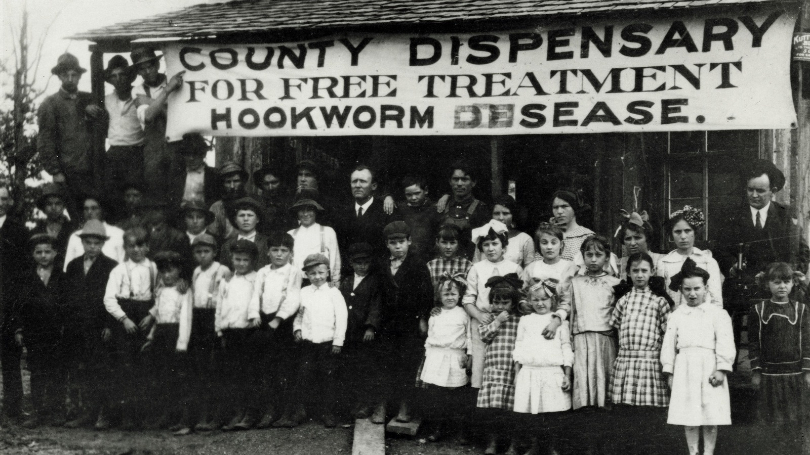
During the early 1900s, the Southern US was under an epidemic caused by hookworm leading to iron deficiency, fatigue, and stunted growth.
Hookworm is a communicable disease transmitted through fecal matter and is caused by a parasite living in the human intestine that feeds on human nutrients. Apart from causing rash and diarrhea, it can have other chronic symptoms.
Over a period of time, symptoms of hookworm disease created a conventional image of Southerners as being lazy or listless. However, once the epidemic was diagnosed and steps were taken in the direction of preventing such infection, the economic condition of the Southern US showed signs of growth. This lead to improved crop prices increased incomes and more children taking admission in schools.
10) 1918- When Flu Affected the Treaty of Versailles and Crippled the German Economy

The Flu of 1918 infected one-third population of the world and caused massive destruction. Moreover, the people had impaired brain cells, which affected the brain’s functionality to the extent that it caused psychosis. Woodrow Wilson, American Prime Minister during 1919, got severely infected with the flu. He played a crucial role in the negotiations of the Treaty of Versailles and stood against the French Prime Minister Georges Clemenceau, who had an intent of dismantling Germany.
While Wilson was recuperating from this deadly disease, the White House officials felt a change in his behavior. According to them, he appeared slow, fatigued, and concentrated on odd notions. Post these reports, Wilson gave up on many of the ideas he had about the treaty which empowered Clemenceau. The brutality of the Treaty of Versailles turned out to be a debacle for Germany. It paralyzed the German economy, and Hitler began ruling as a dictator.
Popular Posts
Top 10 Sharpest & Deadliest Swords In History
In classic mythological movies, books and television, we’ve seen those audacious sword-wielding heroes smiting the enemi...
Augustus Perez
List of Water Deities from Different Mythologies
Water deities are the gods and goddesses who had the powers to control the elements of water and ruled over all the fresh and saltwater of the earth. Here’s a list of water deities from different mythologies.
Rishika Gupta
Winged Lion: The Terrifying Mythical Creature In Different Mythologies
A mythological creature, a winged lion dates back to ancient times. This flying lion-like creature has origins in Heraldry, Christianity, Mesopotamian, and Greek mythologies.
Ethan Stephans







